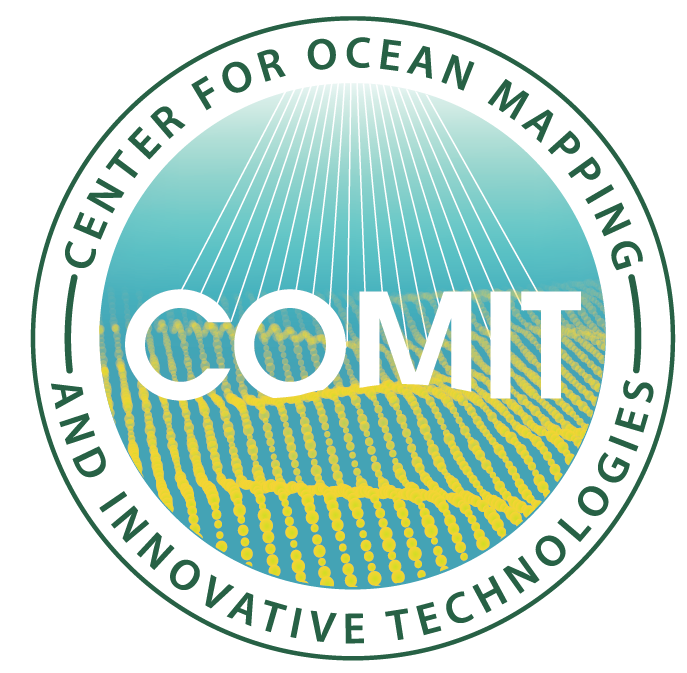Themes and Activities
Geodetic Observations
| Overview: Precision mapping requires a precise datum. While several techniques for seafloor geodesy are available, they typically work best in the deeper ocean (>1 km water depth) where noise introduced by oceanographic effects is relatively low. The coastal ocean is in some respects a more challenging environment for measuring seafloor position and displacement because spatially and temporally variable oceanographic effects here can be significant. Potential applications of a shallow seafloor geodetic system relevant to COMIT’s mission include improved precision in measurement of changes in coastal relative sea level, and better understanding of the various processes contributing to relative sea level change. While most precision tide gauges are also equipped with GPS or GPS/GNSS receivers to separate motion of the land surface from true sea level rise, analyses of the GPS/GNSS data do not yet fully exploit the broader GNSS signal currently being recorded, and it is unclear how much utility these signals add. This work will contribute to NOAA’s VDatum tool, originally developed for Tampa Bay, designed to vertically transform geospatial data among a variety of tidal, orthometric and ellipsoidal vertical datums. VDatum is a software tool being developed jointly by NOAA’s National Geodetic Survey (NGS), Office of Coast Survey (OCS), and Center for Operational Oceanographic Products and Services (CO-OPS). This work began in 2019 with the deployment of a spar buoy rigidly affixed to an anchor. This system was installed on the bay side of Egmont Key within Tampa Bay, Florida, at a water depth of ~23 m. There are plans to remove it in Fall 2021 and relocate it in water of similar depth outside of Tampa Bay. A second, deeper water (65 m) spar buoy is also in development through a grant through NSF’s Ocean Technology and Interdisciplinary Coordination (OTIC) Program. Under COMIT, the spar buoy design with be updated to develop two additional precision sea level coastal sites by adding state-of-the-art GPS/GNSS receivers to currently operating tide gauge sites in the Tampa Bay region, improving the definition of the regional vertical datum. |
|
Proposed activities:
|
